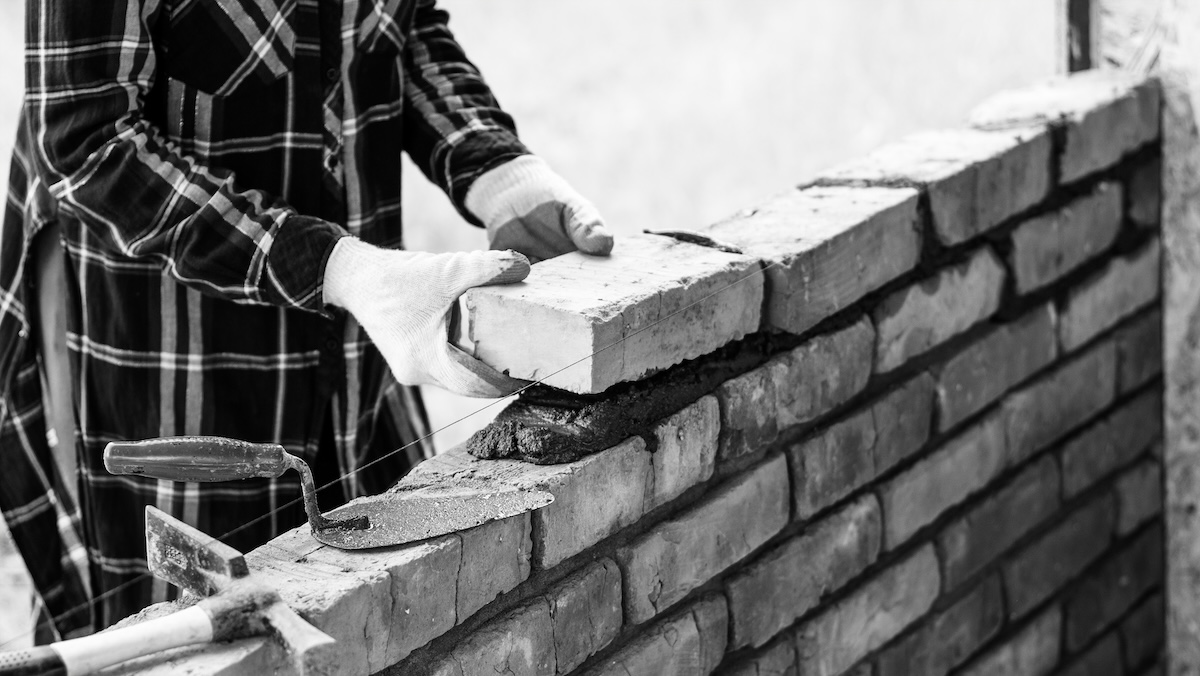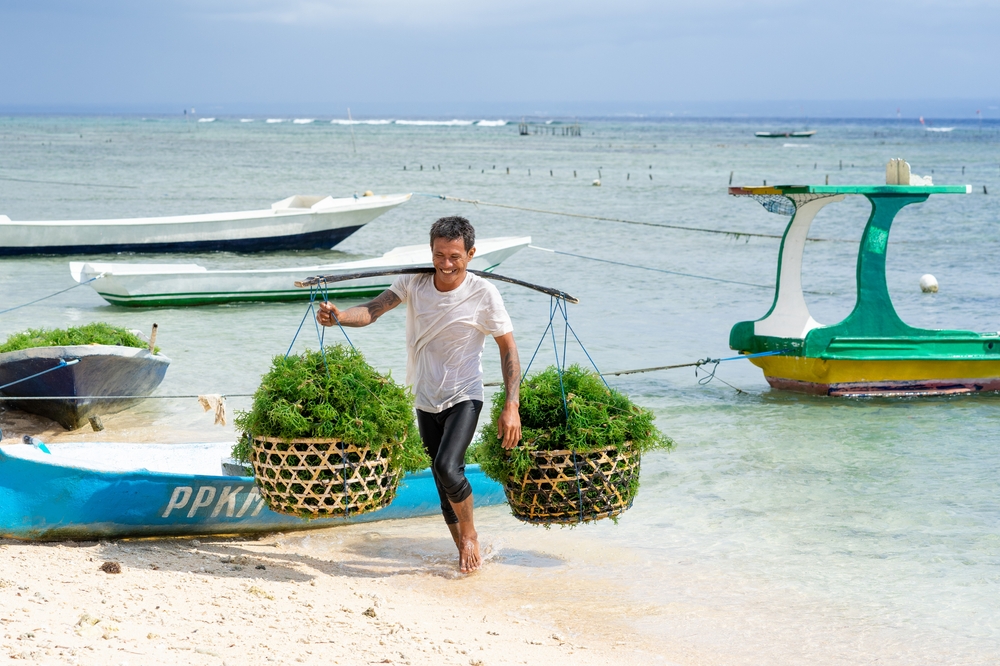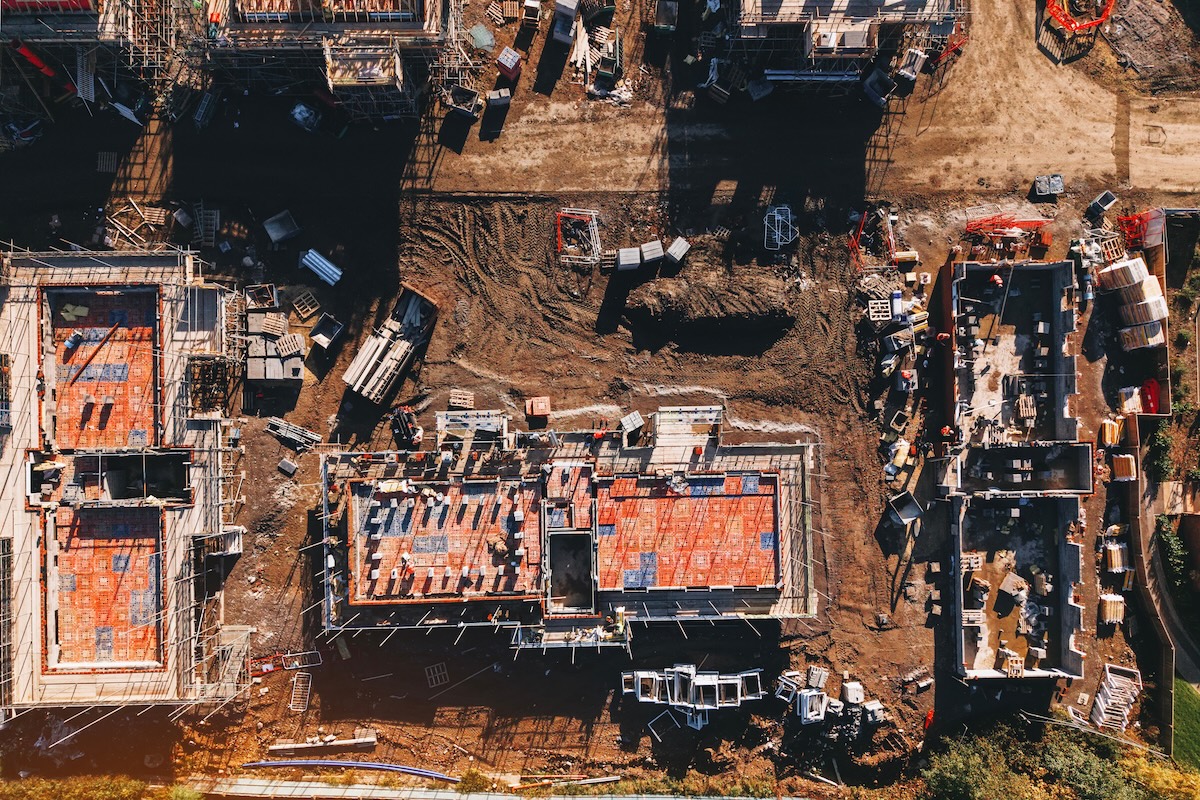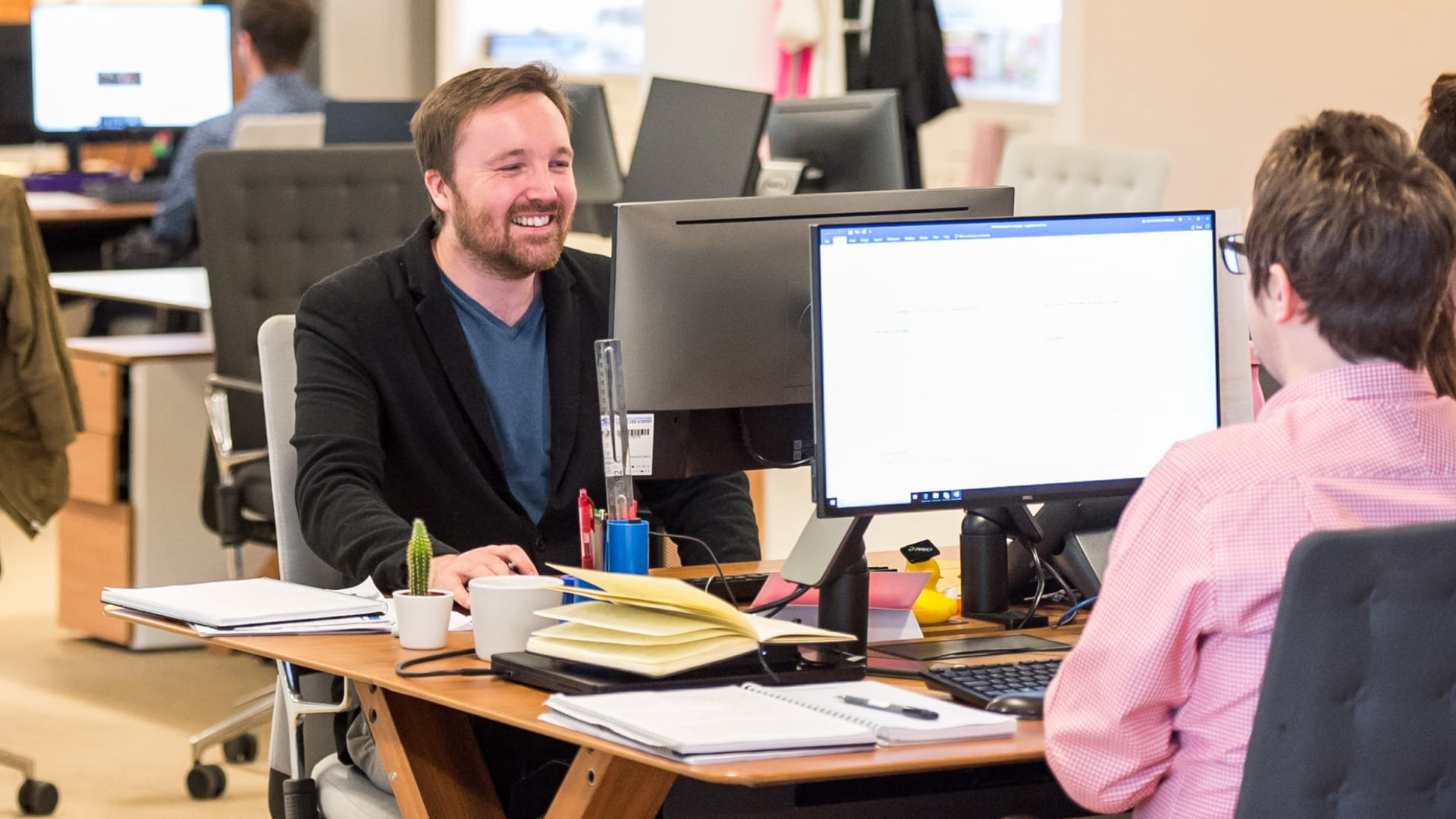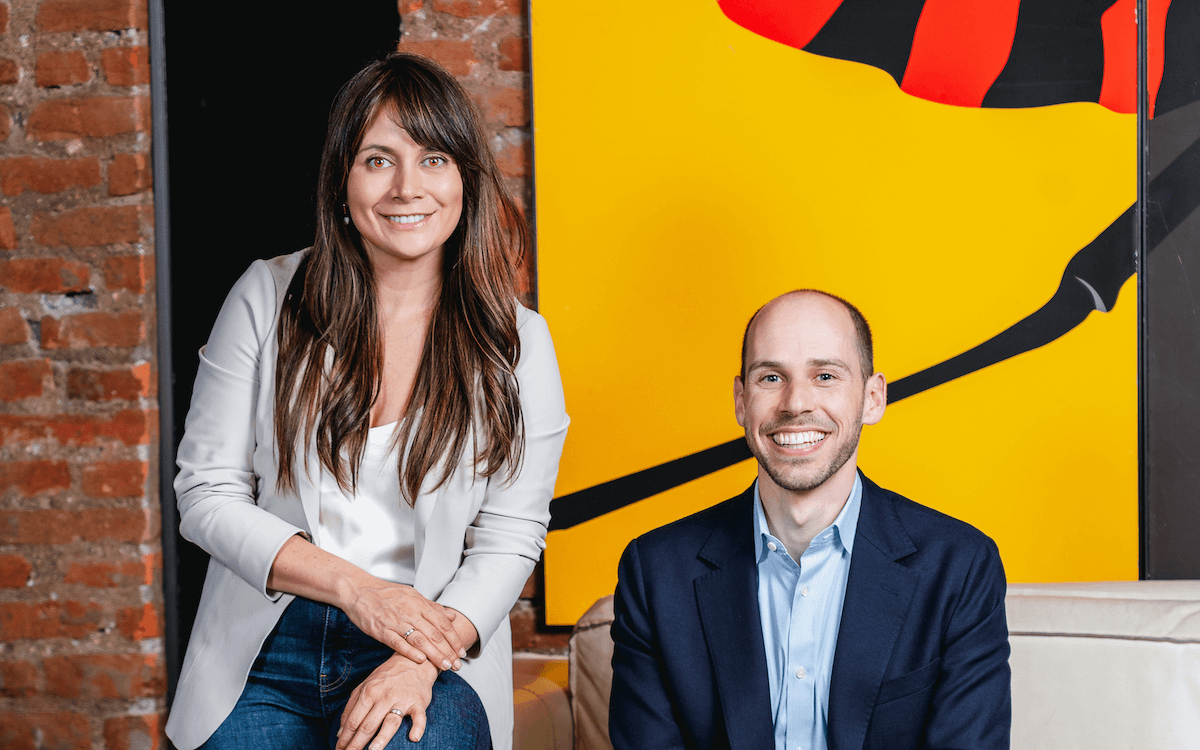ImpactAlpha, March 11 – After Hurricane Katrina, Jessica Norwood watched systems break down all around her community of Prichard, Alabama, a community of color where capital is scarce. Housing. Transportation. Food.
“There’s nothing really left available to you other than the relationships and networks you have,” she says. She considered how to strengthen those networks so that communities could better withstand shocks, natural or man-made. In 2017 she launched the Runway Project, a fund that supports entrepreneurs of color with loans, technical assistance and networks.
COVID-19 again puts the spotlight squarely on community resilience. As social bonds are tested, communities with deep bonds of trust and connection and localized supply chains will be better able to reduce harm and speed recovery. Research has long established a link between the presence of diverse, locally-owned businesses in a community and better health, economic stability and resilience.
Jessica Norwood: ‘Believe in you’ money for black entrepreneurs
Local business ownership keeps money circulating locally, supports a healthy middle class, and boosts local charitable giving, for example.
A growing number of community investment funds, like Runway, are channeling capital to local enterprises and projects that can form the roots and local supply chains that help communities thrive and withstand economic shocks.
“If ever there were a reminder of the need for local self-reliance and resilience, this crisis is it,” said Michael Shuman, an economist and co-author of a new report from the National Coalition for Community Capital and the Solidago Foundation (full disclosure: I am also a co-author of the report, “Community Investment Funds: A How-To Guide for Building Local Wealth, Equity, and Justice.”)
The 10 featured funds range from democratically controlled loan funds such as Boston Ujima Fund; to real estate coops, like the East Bay Permanent Real Estate Cooperative; to holding companies such as Co-Peace and Goodworks Evergreen. They serve regions as divergent as California’s East Bay, south Boston’s working class communities, and rural Montana. What they share is a goal to empower communities to invest in themselves, build local wealth, and gain a measure of economic control in a turbulent and often unjust world.
Rethinking funds
Globalization, e-commerce and other shifts have hollowed out many Main Streets and downtowns. Discrimination and public policy has battered once thriving African American centers of commerce. That has undermined the deep-rooted networks needed when disaster strikes. A 2018 study found that white and educated households grew wealthier after natural disasters; minority households and renters became poorer.
Rebuilding those local economies, and ties, is the goal of the new community investment funds, or “aggregated community capital” as they are also called.
Most are laser-focused on a place. Unlike some bigger place-based funds, they are typically open to unaccredited investors, with accessible minimum investments. Some funds give community members a say, if not outright control over, investment decisions.
They are able to do so by zeroing in on exemptions to the Investment Act of 1940, which governs most funds accessible to ordinary investors. The strictures of the Act are prohibitively costly for all but the biggest funds.
The exemptions are allowing innovators to craft fund structures that meet their needs. The Community Investment Fund report identifies 15 distinct models, spanning private funds, nonprofit funds, government-sponsored funds, funds not primarily in the securities business, business development companies, intrastate funds, and registered mutual funds.
“Investment structures look very different when you start with the needs of distressed communities and the entrepreneurs who live in them,” writes Jeff Rosen of Solidago Foundation.
Ceding control
Rosen helped start PVGrows, a community fund created in 2015 to support local food entrepreneurs in Massachusetts’ Pioneer Valley. It was among the very first community investment funds and has inspired some of the more recent entrants, including three funds focused on racial justice.
The funds go beyond most impact investment funds, said Rosen, in their “willingness to cede control over the fund’s design, success metrics, and day-to-day operations” to the communities of color they are intended to support.
Oakland’s community capitalists are modeling an inclusive economy
Boston Impact Initiative and Boston Ujima Fund, for example, are blended capital funds that invest in entrepreneurs of color in underserved neighborhoods. As part of their mission to close the racial wealth gap, they prioritize the most vulnerable investors over wealthier ones.
“Those that can least afford to lose the money should be de-risked the most,” says Boston Impact Initiative’s Deborah Frieze. “And those who have the most can take on more risk.”
Boston Ujima Project is rebalancing risk, returns and power in local impact investing
The REAL People’s Fund, in California’s East Bay, is a collaboration of five community organizing groups who contract with Community Vision, a local community development financial institution, to administer the community-controlled fund.
The Runway Project partners with local credit unions or banks in Oakland and, most recently, Boston, to create certificates of deposit that anyone can invest in. It also forms local investment committees to make loans Norwood describes as “friends and family” funding. Its 27 borrowers to date have gained access not just to loans but to a “family” of advisors, mentors and peers.
“What does it mean to be friends and family to one another, in a way that is rooted in trust?” Norwood asks. “What was made visible for us by the coronavirus is we are all so interconnected, and the investment has to feel that way.”





